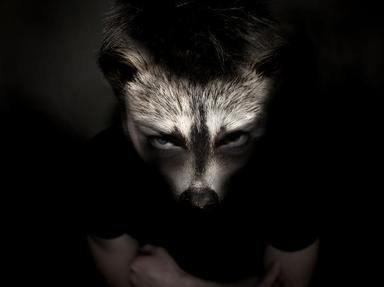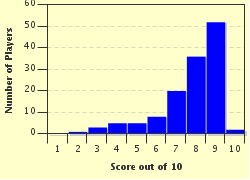Quiz Answer Key and Fun Facts
1. Look in the tree! It's a golden lion tamarin! What kind of animal is that?
2. A very strange-looking bug has just landed in the boat! Is it dangerous? Quick, look in our book about Amazon animals. What is it?
3. In the water on the branch! Is that a Jesus lizard! Why on earth was it given that name?
4. Look at that fellow in the tree! Our guide says not to be alarmed! In spite of the sharp-looking toenails, he rarely leaves the trees, and when he does, he moves painfully slowly. What is it?
5. Over there! On the rock! Do you see the largest cat in the Americas? He has the strongest bite force compared to any other cat in the world. What animal do we see?
6. It is true that dolphins live in the Amazon River! It is said that their color comes from the fact that their blood capillaries are located near the surface of the skin. What color is actually part of their name?
7. Look! In the water! That's the biggest rat I have ever seen! It's not a rat? Who is this fellow who lives and even sleeps in the water?
8. Do you see what I see sunning on the riverbank? It's the largest predator in the Amazon ecosystem. I am glad he is there and we are - well - here. What do we see?
9. Can you see the bright colors on the clay lick over there? It's a flock of beautiful birds that are native to the jungle in South America. What do we see?
10. Watch out! Over in the grass! It's the largest, heaviest, and most powerful snake in the world. What have we glimpsed?
Source: Author
ponycargirl
This quiz was reviewed by FunTrivia editor
NatalieW before going online.
Any errors found in FunTrivia content are routinely corrected through our feedback system.


